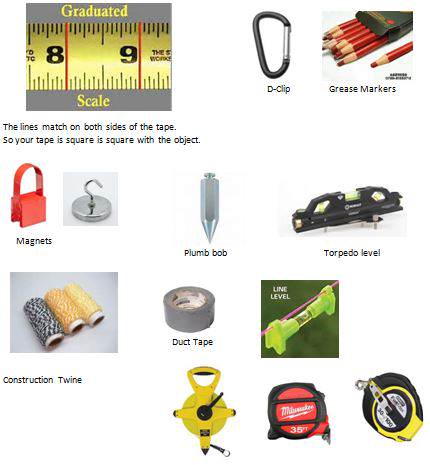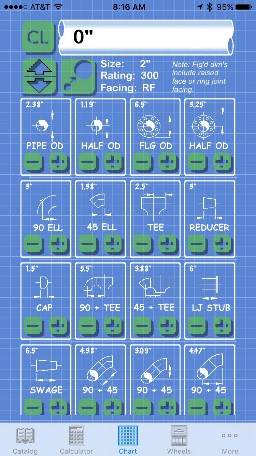Stainless Steels Classifications Stainless steels are commonly grouped into martensitic stainless steels, ferritic stainless steels, austenitic stainless steels, duplex (ferritic-austenitic) stainless steels, and precipitation-hardening stainless steels
Stainless steels are in general grouped into
martensitic stainless steels
ferritic stainless steels
austenitic stainless steels
duplex (ferritic-austenitic) stainless steels
precipitation-hardening stainless steels
Alloying metallic elements added during the making of the steel increase corrosion resistance, hardness, or strength.
The metals used most commonly as alloying elements in stainless steel include chromium, nickel, and molybdenum.
Stainless steels are available in the form of plate sheet strip foil bar wire pipes tubes Stainless steels are a iron-based alloy containing at between 10.5% to 30% Cr. Stainless steel achieve its stainless characteristic through the formation of an invisible and adherent chromium-rich oxide surface film.
Other alloying elements added to improve the characteristics of the stainless steel include nickel, molybdenum, copper, titanium, aluminum, silicon, niobium, nitrogen, sulphur, and selenium.
Carbon is normally in amounts from 0.03% to more than 1.0% in some martensitic grades.
Selection of stainless steels are in general based on corrosion resistance fabrication characteristics availability mechanical properties for specific temperature ranges product cost
Since stainless steel resists corrosion, maintains its strength at high temperatures, and is easily maintained, it is widely used in items such as automotive and food processing products, as well as medical and health equipment.
The most common US grades of stainless steel are:
TYPE 304 The most commonly specified austenitic (chromium-nickel stainless class) stainless steel, accounting for more than half of the stainless steel produced in the world. This grade withstands ordinary corrosion in architecture, is durable in typical food processing environments, and resists most chemicals. Type 304 is available in virtually all product forms and finishes.
TYPE 316 Austenitic (chromium-nickel stainless class) stainless steel containing 2%-3% molybdenum (whereas 304 has none). The inclusion of molybdenum gives 316 greater resistance to various forms of deterioration.
TYPE 409 Ferritic (plain chromium stainless category) stainless steel suitable for high temperatures. This grade has the lowest chromium content of all stainless steels and thus is the least expensive.
TYPE 410 The most widely used martensitic (plain chromium stainless class with exceptional strength) stainless steel, featuring the high level of strength conferred by the martensitics. It is a low-cost, heat-treatable grade suitable for non-severe corrosion applications.
TYPE 430 The most widely used ferritic (plain chromium stainless category) stainless steel, offering general-purpose corrosion resistance, often in decorative applications.




